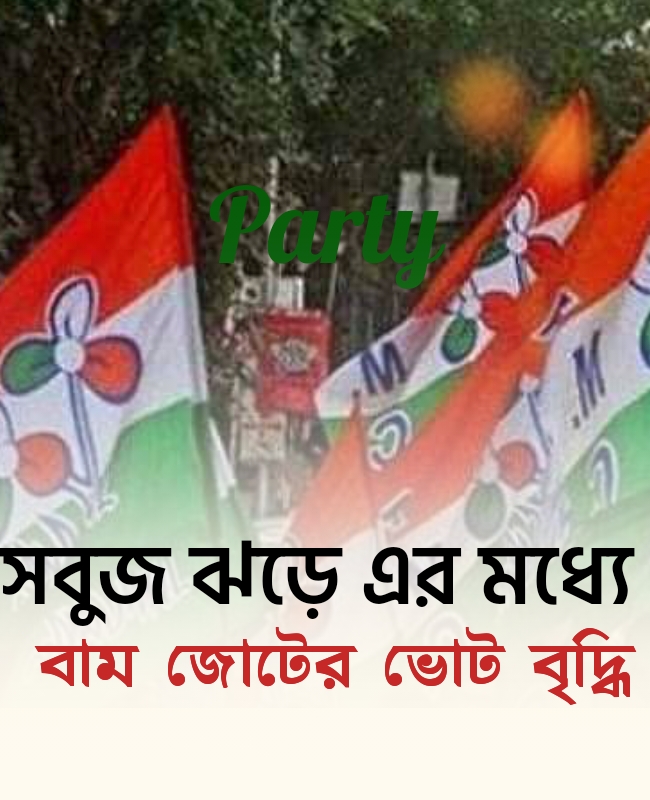The Foundation Day
Brahma Samaj A Religious Reform Movement Of Bengal
Sankar Pal
Brahmo Samaj was propagated and expanded by the activism of Devendranath Tagore. Beyond the boundaries of Bengal, it spread throughout India. From Dhaka to Lahore, Brahmo Samaj synagogues are built everywhere. A formless vision emerges in this society, a form of protest against bigotry emerges in the propaganda.
The Brahmo society roared against the dysfunction that was created in the Hindu society at that time.Raja Rammohan Roy felt that there was no justification for abandoning Hinduism and adopting any other religion.
He advocated the adoption of universal moral precepts, discarding the orthodoxies, scriptural practices and superstitions of every religion. As a result of his research for some time, by the year 1828, his religious ideas became somewhat clear. In August of that year, he established the Brahma Sabha (later Brahma Samaj) i.e. the Society of God. Although this newly established society had the theoretical claim that it should be considered as a universal religion, it became a branch of Hinduism and existed as such. The religious tenets of this new faith are recorded in the Trust Deeds of the Brahmo Samaj.
After the death of Raja Rammohan Roy, the movement of this society came to a halt. However, Dwarkanath Tagore and his son Devendranath Tagore took charge of this society. In 1839 Tattvabodhini founded a society called Tattvabodhini Sabha which strove hard to propagate this new creed. He also published a newspaper called Tattvabodhini Patrika, which propagated this new religion and also created public opinion in favor of social reforms. During this time, there was a very aggressive campaign by Christian preachers against Hinduism. A radical reformist class within the Brahmo society began to question the inerrancy of the Vedas.
The most notable among them was Akshay Kumar Dutta. Until that time the Vedas were considered inerrant and an integral part of the Brahmo religious faith. By 1847, after a thorough survey, the Brahmin leaders were convinced that the doctrine of the inerrancy of the Vedas was no longer acceptable. Hence an attempt was made to reconstruct Brahmanism based on selected parts of the Upanishads containing monotheistic ideas. The revised doctrine of the Brahmo Samaj was published in 1850 in a book entitled 'Brahma Dharma' or 'The Religion of the Worshipers of the One True God'.
In 1858, this monotheistic movement gained a larger dimension when the young Keshav Chandra Sen joined the Brahmo Samaj. But if he did not agree on the question of social conservatism of Devendranath, he formed the 'Indian Brahmo Samaj' (1866) and since then the Brahmo Samaj led by Devendranath came to be known as 'Adi Brahmo Samaj'. Later, this society was divided on various questions.
The Brahmo Samaj, involved in multiple activities, was gradually immersed in the controversy. During the transition, this society lost its popularity. Although for several years, the Brahmo Samaj played a major role in building several reform movements in Hinduism. August 20th is the birthday of this society.Revisiting that birthday again and again in strengthening a religious reform movement.










